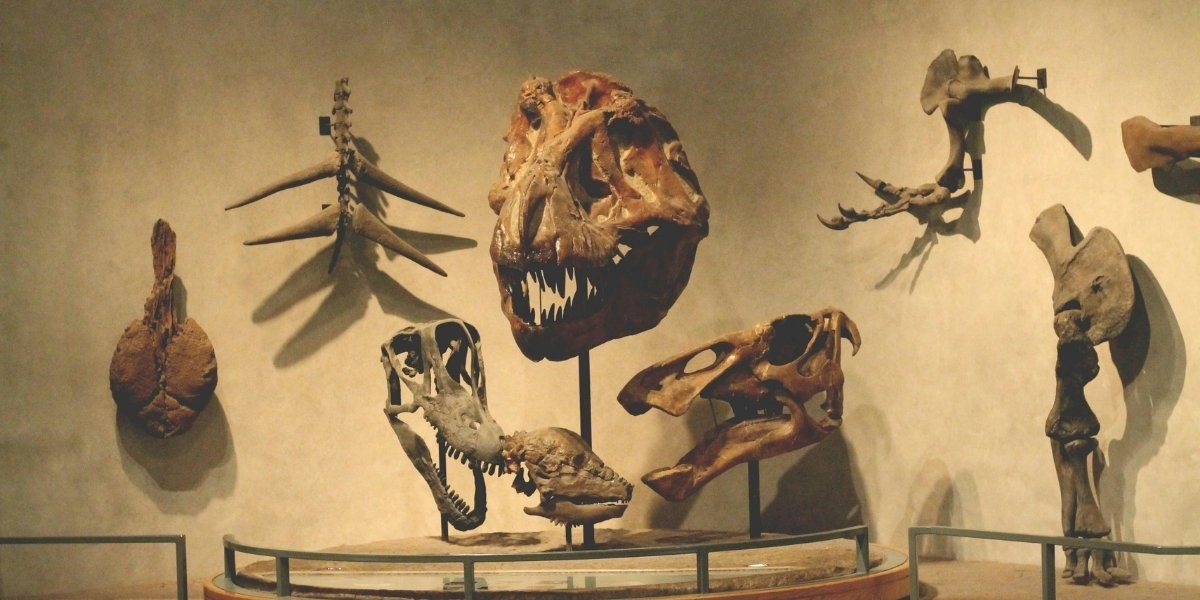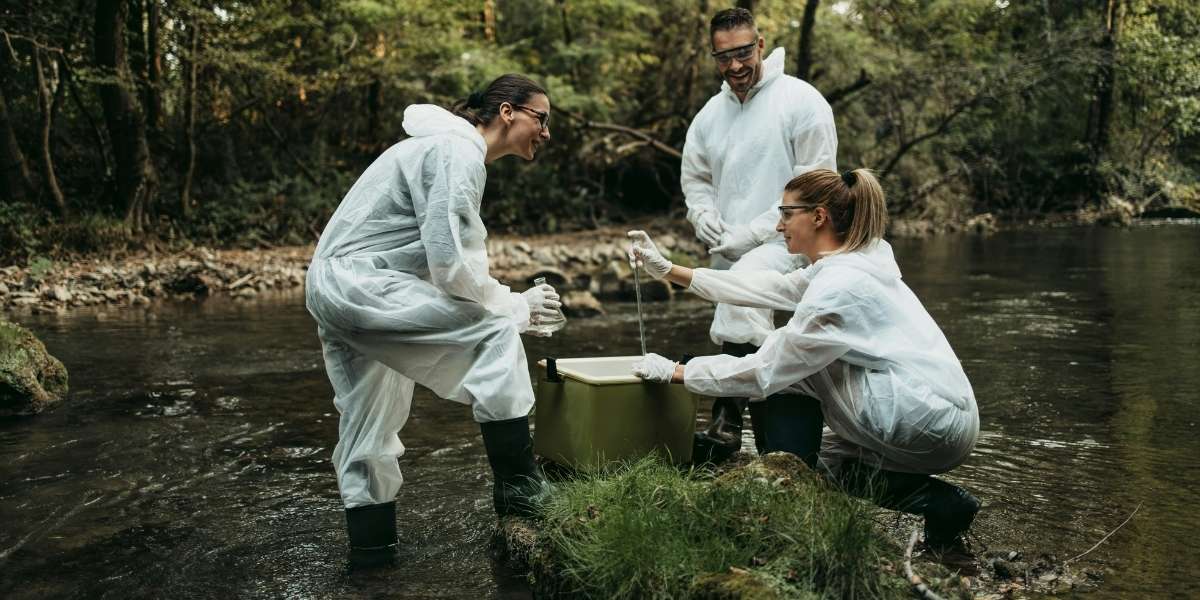Unearthing Giants: Exploring America’s Rich Legacy of Dinosaur Fossils
North America stands as a rich and significant hub for the study of dinosaurs, offering a treasure trove of fossils that have transformed our understanding of the prehistoric world. From the towering giants of the Late Cretaceous to the swift predators of the Triassic period, dinosaur fossils found across the American continent have shed light on the history of life on Earth. This article explores the importance of American dinosaur discoveries, the sites that have yielded these fossil treasures, and the pioneering efforts that continue to uncover the mysteries of the Mesozoic Era.
Read Also: Exploring Post-Genre Fusion: The Future of Music Without Boundaries
A Continent Rich in Dinosaur History
North America’s geological landscape spans millions of years of Earth’s history, with many regions offering an ideal environment for the preservation of dinosaur fossils. The timeline of dinosaur evolution in North America spans several key geological periods, primarily from the Late Triassic to the Cretaceous period. These periods were marked by the rise of dinosaur dominance, with distinct faunas inhabiting various ecosystems across the continent.
The Mesozoic Era: A Timeline of Dinosaur Evolution
The Triassic Period, starting around 250 million years ago, marks the beginning of the Mesozoic Era, the “Age of Dinosaurs.” During this time, early dinosaurs began to evolve, but it wasn’t until the Jurassic Period (approximately 201 to 145 million years ago) that large dinosaurs like the Allosaurus and Stegosaurus dominated North America. The Cretaceous Period (145 to 66 million years ago) followed, heralding the rise of the most famous dinosaurs, such as Tyrannosaurus rex and Triceratops, which roamed the continent until their mass extinction.
These geological periods left behind fossils that are still being uncovered today, providing a deep and evolving understanding of how dinosaurs lived, evolved, and interacted with their environments.
Iconic Fossil Discoveries and Sites
North America is home to some of the most significant fossil discoveries in paleontology, with iconic species like the Tyrannosaurus rex, Triceratops, and Stegosaurus among the most famous prehistoric creatures ever unearthed.
The Tyrannosaurus Rex: King of the Dinosaurs
Perhaps the most renowned of all North American dinosaurs, the Tyrannosaurus rex was discovered in the Hell Creek Formation in Montana, South Dakota, and Wyoming. This massive carnivore is often considered the epitome of prehistoric ferocity, with fossils showing evidence of its towering size and predatory nature. Its discovery revolutionized our understanding of theropod dinosaurs and cemented its place in popular culture.
The Triceratops and Stegosaurus: Herbivores of the Jurassic
The Triceratops, a herbivorous dinosaur with three distinct facial horns, was found primarily in the Hell Creek Formation as well. It lived during the Late Cretaceous period, coexisting with the T. rex and other large theropods. Meanwhile, the Stegosaurus, a plant-eating dinosaur with a row of large, plate-like structures along its back, was uncovered in the Morrison Formation, a geologic formation stretching across the western United States. Both species offer significant insights into the diverse lifestyles of prehistoric creatures and the ecosystems in which they lived.
The Morrison Formation: A Fossil Goldmine
The Morrison Formation is one of the most famous and prolific fossil sites in North America. Located primarily in the western United States, the Morrison Formation dates back to the Late Jurassic period and has produced countless dinosaur fossils. It is the source of many iconic discoveries, including Allosaurus, Apatosaurus, and Brachiosaurus. This area is particularly important because it helps scientists understand the Jurassic period’s environment, which was marked by a rich diversity of life.
Dinosaur National Monument: A Window into Prehistory
Located on the border of Colorado and Utah, Dinosaur National Monument is another key site for dinosaur fossils. This area is famous for its quarry, where hundreds of dinosaur bones have been uncovered in rock layers that date back over 150 million years. The monument offers visitors an opportunity to witness fossils in situ, with some specimens still embedded in the rock, giving a glimpse of the past as it was found by paleontologists.
The Pioneers of American Paleontology
The exploration of dinosaur fossils in North America owes much to the vision and dedication of pioneering paleontologists. Names like O.C. Marsh, Edward Drinker Cope, and Barnum Brown are forever etched in the history of paleontology.
O.C. Marsh and Edward Drinker Cope: The Bone Wars
During the late 19th century, O.C. Marsh and Edward Drinker Cope became embroiled in one of the most famous rivalries in scientific history, known as the Bone Wars. Both paleontologists sought to outdo each other in discovering and naming new dinosaur species, leading to an era of intense fossil hunting. Their discoveries helped lay the foundation for modern paleontology, with new species such as Triceratops, Apatosaurus, and Coelophysis being named during their rivalry.
Barnum Brown: The Man Who Named T. rex
In 1902, Barnum Brown made one of the most significant contributions to paleontology when he discovered the first Tyrannosaurus rex fossil in the Hell Creek Formation. Brown’s work expanded our understanding of large theropods and cemented his place as one of the most important figures in dinosaur discovery.
Scientific Significance and Research
The fossils unearthed in North America have been instrumental in advancing our knowledge of dinosaur evolution, behavior, and extinction. Each fossil tells a story, offering clues about how these animals lived, what they ate, and how they interacted with their environments.
Dinosaur Evolution and Paleobiology
American fossils have contributed to the development of theories about dinosaur evolution, including the relationship between dinosaurs and modern birds. The discovery of feathered dinosaurs, such as Archaeopteryx and other theropods, has provided compelling evidence that birds are the modern descendants of certain dinosaur lineages.
Understanding Dinosaur Behavior
Fossils also provide insight into dinosaur behavior. The study of fossilized footprints, trackways, and nesting sites offers evidence of social behaviors like group hunting and communal nesting. By examining bone structures, scientists can infer how dinosaurs grew, how they moved, and even how they interacted with other species in their ecosystems.
The Process of Fossilization and Excavation
Fossilization is a rare and intricate process, requiring specific conditions to preserve organic material for millions of years. Fossils are typically created when an organism is buried rapidly by sediment, which helps preserve its remains by preventing decomposition. Over time, the organic material may be replaced by minerals, turning the remains into rock-like structures.
Excavation Techniques
Excavating dinosaur fossils requires meticulous care and scientific expertise. Paleontologists use a combination of fieldwork, surveying, and excavation techniques to carefully uncover and preserve fossils. Tools like brushes, chisels, and pneumatic tools help reveal delicate bones without damaging them. Once fossils are excavated, they are carefully transported and prepared for study in laboratories, where additional research is conducted.
Dinosaur Museums and Public Engagement
Dinosaur museums play a crucial role in showcasing these prehistoric giants to the public. Institutions like the American Museum of Natural History in New York, the Field Museum in Chicago, and the Smithsonian National Museum of Natural History house significant dinosaur fossil collections and contribute to public understanding of paleontology.
These museums not only house fossil exhibits but also engage visitors through educational programs, workshops, and interactive displays that help demystify the science behind dinosaur research. Many museums are involved in ongoing excavations, contributing to the growing body of knowledge about prehistoric life.
Read Also: Why Nature Shows Are Essential for Environmental Awareness
Ongoing Discoveries and Future Potential
The study of dinosaurs is far from over. Advances in technology and new excavation sites continue to yield exciting discoveries. Techniques like CT scanning and 3D modeling allow paleontologists to study fossils in unprecedented detail, providing new insights into dinosaur anatomy and behavior.
The future of dinosaur discovery remains promising, with new sites and fossil finds offering the potential to uncover even more about the creatures that once roamed the Earth. As paleontological research continues to advance, the mysteries of the Mesozoic Era will slowly unfold, revealing new chapters in the history of life on Earth.














